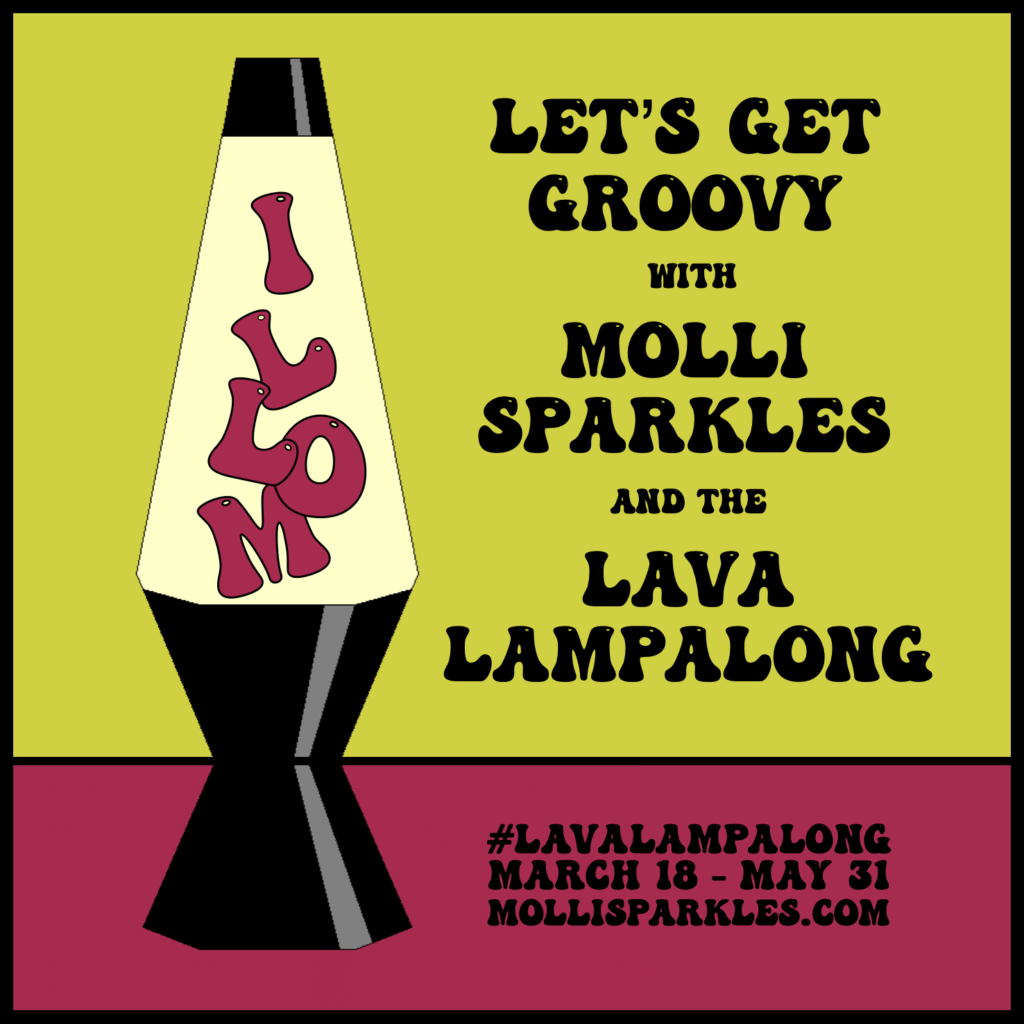Tutorial – String Piecing Without a Foundation


Since the individual blocks are only 3.5″ in size, I decided smaller strings were in order, so I cut mine between 0.75″ and 1.5″ wide by 11″ long. Feel free to experiment with other sizes, but keep in mind, with a quarter-inch seam allowance, you don’t want to go much smaller. As for the length and quantity, keep reading (before you start cutting!) and we’ll discuss that at the end.

Grab two random strings, put right sides together, and sew them together. I used a scant quarter inch seam allowance, but whatever works for you.

Grab the next two strings, put right sides together, and sew them together. You’ll notice in the above pictures I’m strip piecing them which really speeds up the process. Just keep grabbing two pieces, and sewing them together.

I restacked my pairs of strips that I’ve sewn together with the seams all facing the same way.

Then grab two of your strip pairs, place them right sides together and sew them together.

You’ll notice, at no point have I suggested you stop and iron. I mean, you can if you are into that sort of thing, but well, hmm… why would you?

Just keep going, sewing all of your strips together. This is a really quick process because you’re literally just sewing small pieces of fabric together in a straight line over and over again.


Here we are now, pairs upon pairs sewn together.

And finally, dozens of strings sewn together to make a wall of strings!

Now, it’s time to go visit the iron for the very first time! I pressed all of these seems to the side in about 30 seconds. Can you imagine the insanity of pressing those open? I mean, really.

Next up is the cutting process, which honestly, is the trickiest part because you’ll need to know how to use your ruler a bit. Remember: measure twice and cut once!

Even though this angle is marked 45, it is in reference to the other two angles of the connected triangle. It is still a 90 angle which is what we need. In the picture below, you’ll see the diagonal edge of the ruler runs from the 7″ to the 4.5″ markings which equals a distance of 3.5″–the sides of our squares. At the same time, you want to ensure the lines meeting at 45* are parallel and perpendicular to your fabric panel. Remember: measure twice and cut once.

Once you’ve successfully made the first cut, measure 3.5″ parallel away from it and cut again across the panel.

Keep cutting at 3.5″ intervals for the length of the panel.

Then cross cut at 90* angles, and thus creating your squares.


Because I sometimes can’t count, I thought I only needed 12, 3.5″ squares, which is what I originally created and photographed. Yeah, you need 16!


Finally, just lay your 3.5″ squares out as you see fit and sew them back together. Because of all of the bulk, I did press the seems of the blocks open after sewing them together.

Here is my final bock layout, all sewn up, with no foundation in sight (and minimal ironing!)

Now, I said we’d come back to the size of strings you need. I think you get the general concept of what we’re doing here: making a string panel that you then cut the shapes that you need from. Because of that, the panel size can shift and change based on what YOU need. However, I mocked up diagrams to show three potential panel sizes to get the 16, 3.5″ blocks needed. Keep in mind that each square is 5″ across, and you can do some of your own quilty math to get what’s right for you.
The number of strings you need all depends on their width and the length of your panel. As reference, if you had 60 strings each averaging about 1″ wide, and took away the seam allowance (29.5″) the length of the panel would be 30.5″, perfect for option two below!
- At least 44″ (including seam allowances) of 8″ strings to get 16 blocks.
- At least 30″ (including seam allowances) of 10″ strings to get 17 blocks.
- At least 21″ (including seam allowances) of 16″ strings to get 18 blocks.



And there you have it: string piecing without a foundation. Now, Mama needs a drink!






Congrats on the 100th post. Great tutorial, thanks. I seem to be generating a little collection of string scraps atm so I'll defintiely be giving this a try.
That's pretty cool! I really like your diagrams! So easy to visualize it. BTW I love the solid inspiration Rachel put up in her last post.
great tut thanks for sharing
I think I went a wee bit cross-eyed following that (and I haven't had a drink, err, weeks) but the end effect is cool
That's a great tutorial. I've done it like that. You can make the bias a little more stable by adding some spray starch in the pressing stage. Only takes another minute.
That was quite fantastic! I am going to Pin it for a later project.
Thank you so much for the tutorial. I am going to give it a try this week.
Great Tutorial! But you lost me on all that mathematical talk! Perpen-what?!?! lol
Great tutorial there! I haven't made a string block yet but its on the scrap reduction to do list for a retreat later in the year. I think sometimes the whole foundation thing is used to get (a) a universal strip of colour in the centre of each block or (b) so you know when to stop, size wise! No reason why you can't do it differently – as with most things quilty there's more than one way to skin a cat (so to speak!) despite what some people will tell you! Good work!
Love this tutorial. I collect strings but hate foundation piecing (so far, anyway) and ironing. I will definitely be trying this one out soon – thanks!
This is the best tutorial I've ever seen! I love the mocked up diagrams to show the potential panel sizes. Now I just need to pull out my grey, blue and orange fabrics. I'm thinking king size bed quilt…
Hey! I just noticed that you mentioned me in your tutorial. Awwww…I feel all warm inside. Now I'm definitely making a string quilt in these colours.
Thanks for the tute sugar lips! I need to try this. Congrats on number 100!
Clever Ms Sparkles!!!!
Genius! This is an awesome tutorial, thank you do much for sharing. I'm gonna have to hit my stash soon and test this out!
I'm obsessssssed with this! Not only is this gorgeous, but anything that lets me iron at the end is a winner in my book. Look the colors, love the layout, love it. I want to make this into a pillow yesterday! So glad to have found your blog on the hop – new follower ASAP on bloglovin'. Ashley
Superb! I love this tutorial! I am in the Let's get acquainted blog hop group. Nice to found your blog and this tutorial – definitely to try soon! Thanks for sharing!
Keep up the good work blogging!
Will be following via bloglovin'
XOXO
Amira @http://litllemushroomcap.blogspot.com
Nice!! I just checked this out – seems pretty ingenious to me! 😉
This is my favorite tutorial since I've started quilting two years ago! I cannot wait to try this! I love string quilts, but the foundations and the non-stop pressing drives me nuts (especially since I have to get up from the machine every two minutes…okay, I probably need that exercise!). THANK YOU!
Now how would you quilt it by machine?
Julie – You're a no-reply blogger, so I can't respond to you directly… but in this case I did some abstract, straight line quilting and turned this into a mini quilt. It's on my Finished Quilts page called Tender Heart. 🙂
Great strip tutorial without a foundation!
what did you do with the triangles left over?
You're brilliant! I have always wanted to make a string quilt but didn't because of the foundation. Thanks! I love your blog.
Love this and can’t wait to try it! Great explanations!